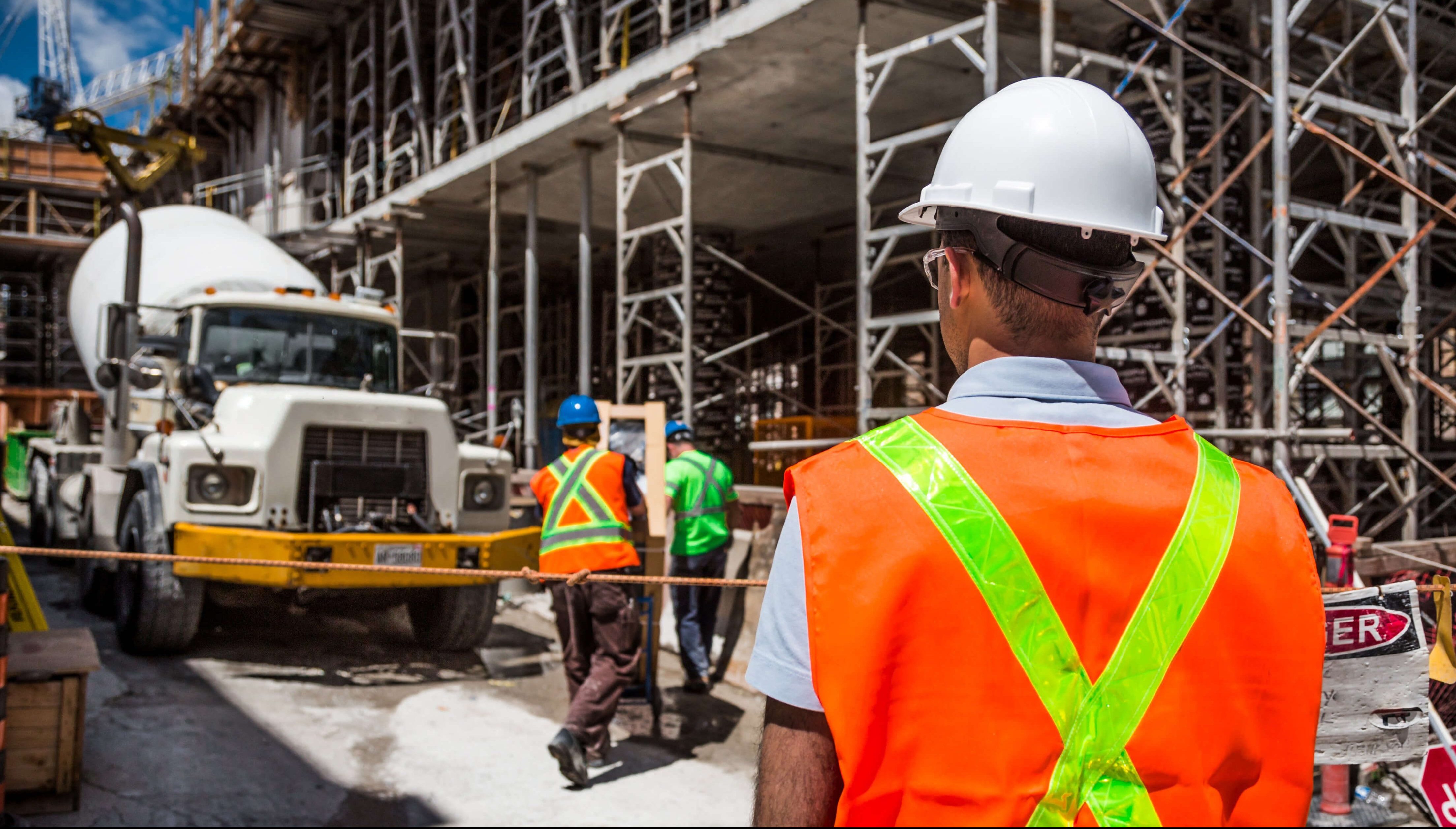Apartment construction is running at a three-decade high, and multifamily permit levels suggest it’s likely to stay that way for some time.
According to the latest U.S. Census figures, multifamily permitting totaled 425,000 units in the year-ending March 2019, on par with the annual average for the past four years, but down 12.6% from March 2018.
Annual multifamily permitting has leveled off since about January 2015 at a seasonally adjusted annual average of 426,000 units. Taking a long-term perspective, however, the annual average for multifamily permitting since 1960 is 394,000 units per year – although, that includes several boom periods exceeding 600,000 units to 1 million units per year.
While historically volatile, the annual rate of multifamily permitting – which include both apartments and condos in structures with five or more units – is a leading indicator of apartment development. About 337,000 multifamily units started construction in March 2019, down 21.8% from March 2018 and 3.4% from last month. Construction starts have come in under 350,000 units in each of the past four months.
Apartment construction volumes in the nation’s 150 largest markets have hovered around 400,000 units over the past nine months.

Though multifamily permit volumes remain elevated, single-family permitting on a seasonally adjusted annual rate totaled 808,000 units in March 2019, according to Census data. That’s the lowest annual rate since August 2017 and the sixth consecutive month of year-over-year declines. Increasing labor and materials costs, as well as tight labor availability, are making it difficult for builders to bring enough moderately priced homes to meet high demand. Softening demand for high-price new homes and expectations for an economic slowdown may also be reigning in new home construction.
Regionally, annual multifamily permitting decreased in the past year in three of the four regions of the country, with a moderate decline in the South (-6.5%), and stronger pullbacks in the Northeast (-18.9%) and West (-23.0%). The Midwest saw multifamily permitting unchanged from the annual pace in March 2018. Annual multifamily permitting fell below the preceding 12-month average in the South region, but was above average in the Northeast and Midwest, and at the average in the West.
Wet weather in recent months may have slowed annual multifamily starts in the Northeast, South and West, as each were down by -55.4%, -23.5% and -17.1%, respectively. The small Midwest region increased multifamily starts by 16.2% from last year to almost match its 12-month average of 46,000 units.
At the metro level, all of last month’s top 10 permitting metros remained the same, and the top five returned in the same positions. Newark and Washington, DC switched places at #6 and #7, while Austin and Orlando each moved up one spot to #8 and #9 from last month. Atlanta slipped to #10 from #8.

All but three of the top 10 markets experienced increases in annual multifamily permitting from last year as Seattle, Newark and Washington, DC each saw permitting slow by about 7% to 9% or about 500 units to 1,000 units each. Perennial leaders New York and Dallas continue to lead multifamily permitting with double-digit increases from last year, while Los Angeles and Austin are still growing their multifamily stock.
Late-recovery markets Atlanta and Orlando saw very strong increases in multifamily permitting in the year-ending March 2019. Houston’s recovery from its oil price collapse-induced slowdown skews its percentage increase in permits, while the total number of multifamily permits of 20,615 units is not unusual for the Bayou City.
Other markets with at least 1,300 more multifamily permits issued than in the year-ending March 2018 include Minneapolis-St. Paul, Florida’s Cape Coral-Fort Myers, Kentucky’s Louisville/Jefferson County, Baltimore and Miami. Significant slowing of 2,000 or more units occurred in Chicago, Denver, Phoenix, Portland, San Diego, Detroit and Boston.
The annual total of multifamily permits issued in the top 10 markets – 153,079 – was 20.5% greater than the 127,027 issued in the previous 12 months. The total number of permits issued in the top 10 markets was almost equal to the number of permits issued for the #11 through #39 ranked metros.
The list of top individual permitting places – cities, towns, boroughs and unincorporated counties – generally include the principal city of some of the most active metro areas. Unincorporated Harris County led the nation for the year-ending March, followed by the city of Houston itself. The city of Austin, Charlotte’s Mecklenburg County and the city of San Francisco round out the top five.

As mentioned previously, Houston is still rebounding from the severe cutback in multifamily permitting caused by their energy-related economic slowdown, as well as elevated post-recession construction levels.
Suburban apartment development is evident in the placement of three county-level permitting places among the top 10. Despite metro-wide slowdowns in multifamily permits, the cities of Denver and Chicago made the top 10 list as well.







